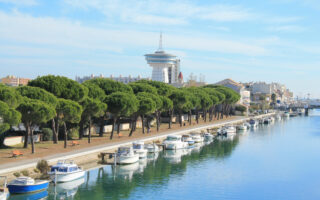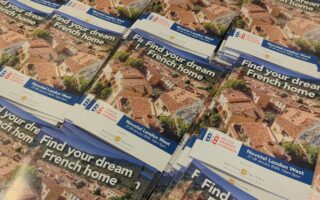Certificat d’urbanisme (CU)

When and why do you need one?
When you are considering a conversion project in France, or even a plot of land to build on, a piece of legislation you will need to be familiar with is the certificat d’urbanisme. This document has been roughly compared to outline planning permission but its application and use in the planning context are not exactly the same. Certificat d’urbanisme forms used to be poorly written with the result that many requests were not actually what the beneficiary required. In an attempt to rectify any confusion, the format has changed. Since 2007 there are now two forms for a certificat d’urbanisme:
- Form A – informative (certificat d’information générale)
- Form B – operational (certificat opérationnel)An informative request is one that establishes the existing planning status of a building or piece of land. Whether it is viabilisé or non viabilisé (serviced or not). It can also be used if, in the case of a derelict cottage, the applicant wants to know if in planning terms it is still classed as a cottage or if it has been declassified. If it has been declassified, a permit is required to change the use (changement de destination) of the building to habitation. Planning in France goes with the building and not with the land. If the building is classed as agricultural – even though it clearly was, and looks like, a cottage – then it is agricultural. An operational request is a request to “perform an operation on a building” such as changing an agricultural barn to habitation (house). Careful consideration must be given to the form of words and description. A common mistake is to request the “renovation of an existing building, barn” when what the beneficiary really needed was the “change of use (transformation) of an agricultural building to habitation”. The former allows the renovation of a barn into a better barn; the latter allows the barn to be converted to a house. This is particularly important to note for those who are in the process of purchasing a property for conversion. There is an additional note descriptive succinct du projet that accompanies each operational request. It requires a short written description of the project and enables the applicant to add maps and photographs to support the request. If there is more than one building on a site it is imperative to mark on the plan which is the building affected. Ensure that transformation de bâtiment agricole en bâtiment d’habitation is clearly written if the intention is to convert a building for use as habitation. Another consideration is the length of time the CU is valid for.
- If buying a property or a building plot with an existing CU, check the expiry date. The buying process takes time and it may be prudent to apply for an extension to ensure conditions that apply at the agreement stage will apply at the acte de ventestage. This is especially important if buying a parcel of land for building on, as the terms of the local planning regime may have changed during the existing CU’s lifetime and may no longer allow the proposed development in its original form. A dossier normally consists of:
- Plan Cadastral 1:2000/1000
- A written submission explaining the project
- Photos optionala) Informative:
- 2 copies of the application form delivered to the mairieResponse to application: 1 month from application b) Operational:
- 4 copies of the application form
- 4 copies of the dossier (plan cadastre, photos etc) delivered to the mairieResponse to application: 2 months from application Note: A certificat d’urbanisme is an approval “in principle” subject to the granting of a building permit (permis de construire).
Stephen Davies works full time as a designer planner and project manager for renovation, conversion and new build projects.
Share to: Facebook Twitter LinkedIn Email
More in land, maps, renovation
Leave a reply
Your email address will not be published. Required fields are marked *




REPLY
REPLY